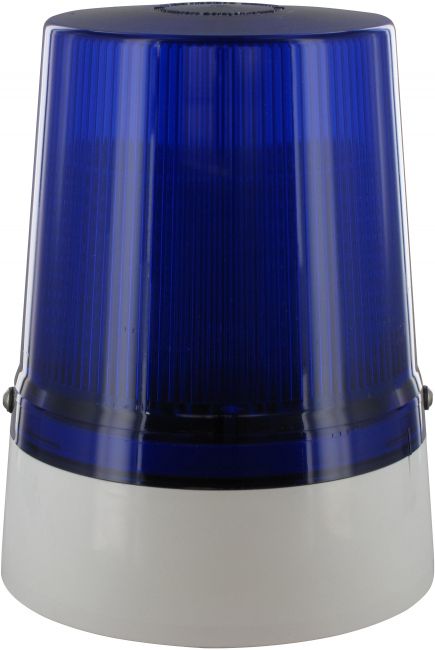Beacon lights provide warning, signal and guidance with their powerful light and colour – they play a vital part in providing safety to the world we live in. Their powerful light attracts instant attention to the end-user and even if the end-user does not understand the colour code, they will immediately understand to proceed with caution from the bright light.
Different types of beacon lights and different colours are utilised in different applications and situations to provide warning and guidance to the public. Below are just a few examples of colour and industry requirements:
Colour Requirement:
· Red beacons usually indicate danger, hazards, and emergency situations. The colour red is considered as a powerful signal that can trigger an automatic message to any viewer.
· Amber/Yellow beacons are used to warn people to be cautious and to be aware that a hazard may be upcoming. This colour triggers people to slow down instinctively.
· Green beacons indicate safety, it delivers a message that a particular situation is currently being handled and the area is safe. This colour offers people assurance that everything is under control.
· Blue beacons are most commonly used on emergency vehicles, they provide a clear difference to when red beacons are being used ensuring the viewer can differentiate between the emergency situation at hand.
· Clear beacons are often used alongside other coloured beacons and are often used in offices and schools as an alternative indication left open to the end-users specific requirements.
Industry Requirement:
· Emergency vehicles tend to use rotating beacons. They are extremely effective as they have an extremely high light output and are suitable in vibration atmospheres.
· Aviation industries tend to use a solid red beacon which provide a very specific angle and brightness of light. They are used to guide pilots onto a runway and are also used on tall buildings as a further guide to pilots.
· Rail industries tend to use red wig-wag lights which flash alternatively to help those outside the train to take notice of the approaching vehicle.
· Marine industries require a very high IP rated beacon light and is commonly the colour red as it is mostly used at night and this colour provides an unmistakable warning.
· On roads, traffic management systems use many different types of lights from red cross warning to green walking man, you will most commonly see a red/amber/green traffic light. It provides a simple and effective instruction for the road user and pedestrian alike.

